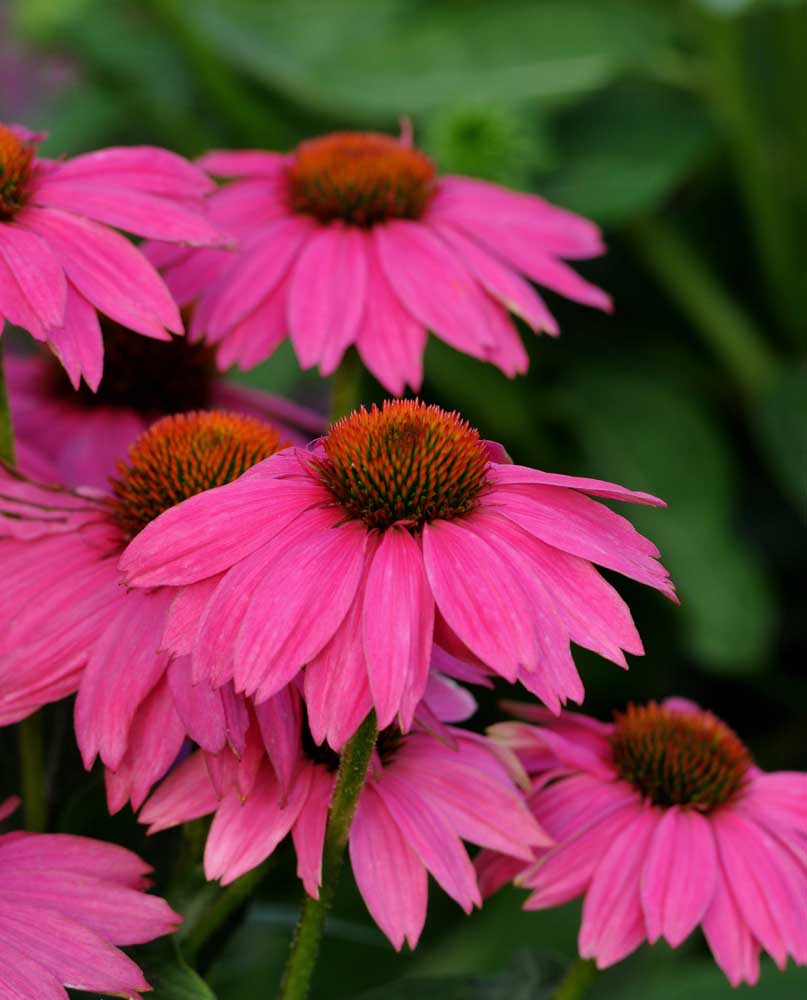Growing echinacea
Published 12:00 am Tuesday, April 29, 2014

- PowWow Wild Berry echinacea offers vivid color.
Do you know which herb has been raised to the ranks of a popular perennial flower and given acknowledgment by the National Garden Bureau? This plant has never been considered super glamorous and is underused in Central Oregon gardens. Would it surprise you to learn that the National Garden Bureau designated 2014 as the Year of the Echinacea?
Echinacea, common name coneflower, is native to central and eastern North America. It is a member of the Asteraceae family, whose aunts and uncles include daisies, sunflowers and asters. Echinacea has come a long way from the old-fashioned wildflower favorite that has been used in the past by herbalists for its healing qualities.
Trending
The color palette has expanded from the pinkish purple of the wildflower to brilliant colors of the shocking rosy fuchsia of PowWow Wild Berry, the mix of vivid red, orange, purple, scarlet, yellow and white blooms in mixed variety of Cheyenne Spirit and a double-flowered coneflower whose color lives up to its name of Cantaloupe.
Butterflies and bees are attracted to echinacea, which aids in pollination, although the flowers are hermaphroditic, meaning that both male and female organs are present in each flower.
The flowers are attractive to birds especially with their dried seed heads in fall and winter. A big plus for many Central Oregon gardeners is the fact that echinacea is considered deer-resistant. Of course, that is not to say they won’t try a nibble once in awhile. The flower is also included in the Fire-Resistant Plant List for Home Landscape, a Pacific Northwest Extension publication, available at the Oregon State University Extension Office in Redmond.
Establishing perennial plantings is becoming more and more popular and is considered as a long-term investment. With that in mind, and to supply a greater demand, breeders are looking to improve color selection, zone hardiness and a more compact growth.
Echinacea are low-maintenance, requiring full sun, low water and well-drained soil. According to the NGB fact sheet, no additional fertilizing is necessary as heavy fertilization leads to tall, leggy plants that flop. Echinacea can be susceptible to powdery mildew, which is generally caused from overwatering combined with poor air circulation around the planting.
Although the plants have a long bloom period, Tracy DiSabato-Aust, author of “The Well-Tended Perennial Garden,” suggests that a partial pruning can be done in early July to promote a longer bloom in the fall. The effective method is to cut off about l foot of the plant while in bud or when it is 3 feet tall. The plant will look a little rough, but it will recover nicely, and the delayed bloom will extend interest in the garden as well as a continued supply of cut flowers.
Trending
Leaving some dried seed heads up for winter provides food for many birds, including juncos. Echinacea does have one drawback. It can reseed if all the seed heads aren’t removed. That could be a plus if you are looking to seed a large area with a low-maintenance planting.
Seeds are not difficult to start indoors. You’ll require more patience than skill, as it can take up to 20 days to germinate. Since they are a perennial and you are looking at the long term rather than a fast-blooming annual, you can start seeds in spring and early summer in a seeding tray and seeding mix and then pot them up to a larger container in potting soil, or plant to the garden when they have reached several sets of true leaves. Established plants are always found in garden centers and local nurseries.
The Oregon State University Master Gardeners are honoring the Year of the Echinacea by offering the PowWow Wild Berry and Cheyenne Spirit plants at their annual plant sale on June 7 at the Bend Senior Center.
New varieties to look for in the future include:
The Big Sky series:
Harvest Moon has an earthy, golden color with golden-orange cone
Twilight features vibrant rose-red blossoms with a deep red cone
New fragrant echinacea:
Sunrise sweetly fragrant, deep yellow flowers
Sunset 4 inch diameter brilliant orange flowers
Terra Nova Nurseries introduced a bit of Hawaii to the garden with the new hybrid Aloha. The new cultivar has wide melon-yellow petals surrounding an orange cone and is reminiscent of tropical colors.
— Reporter: douville@bendbroadband.com







